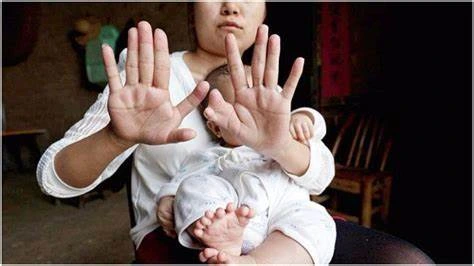Coxa Profunda
Coxa profunda refers to a medical condition involving the hip joint. Specifically, it is a term used to describe an abnormal increase in the depth of the acetabulum, which is the socket of the hip joint that articulates with the femoral head (the “ball” part of the hip joint). In a normal hip joint, the…

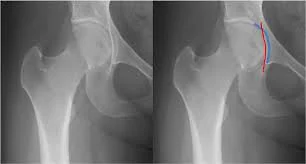
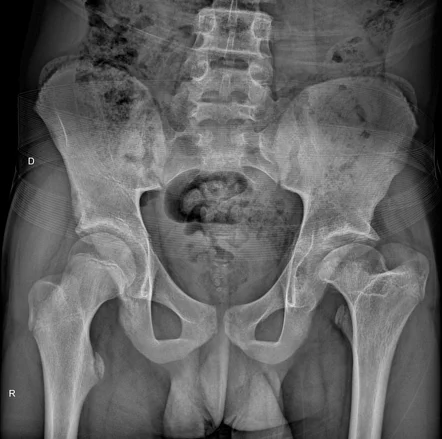
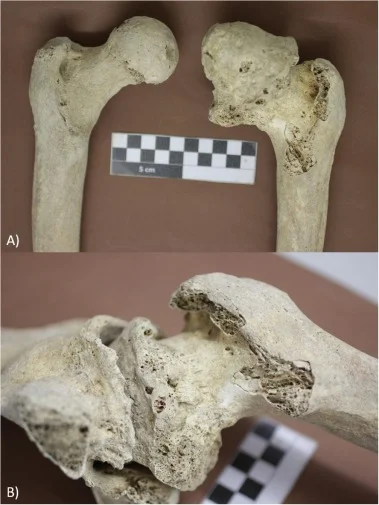
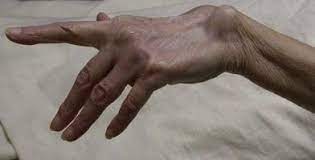
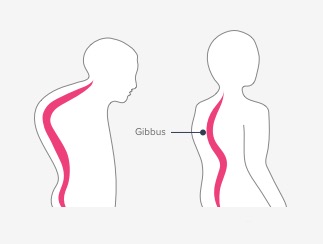
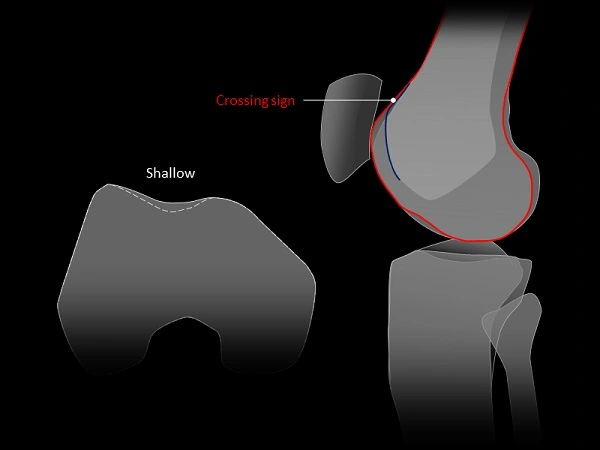
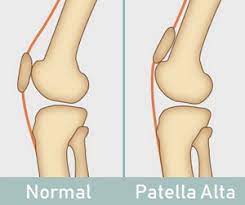
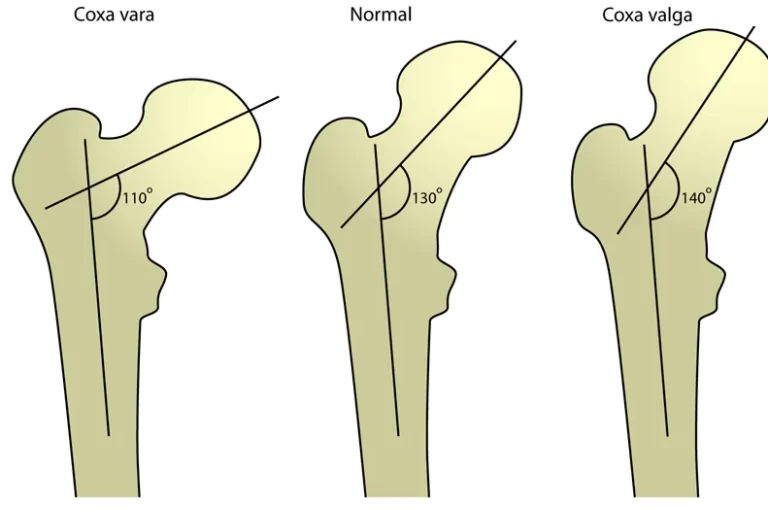
![Adolescent Hip Dysplasia [AHD]](https://samarpanphysioclinic.com/wp-content/uploads/2023/04/a00710f01-1.webp)
